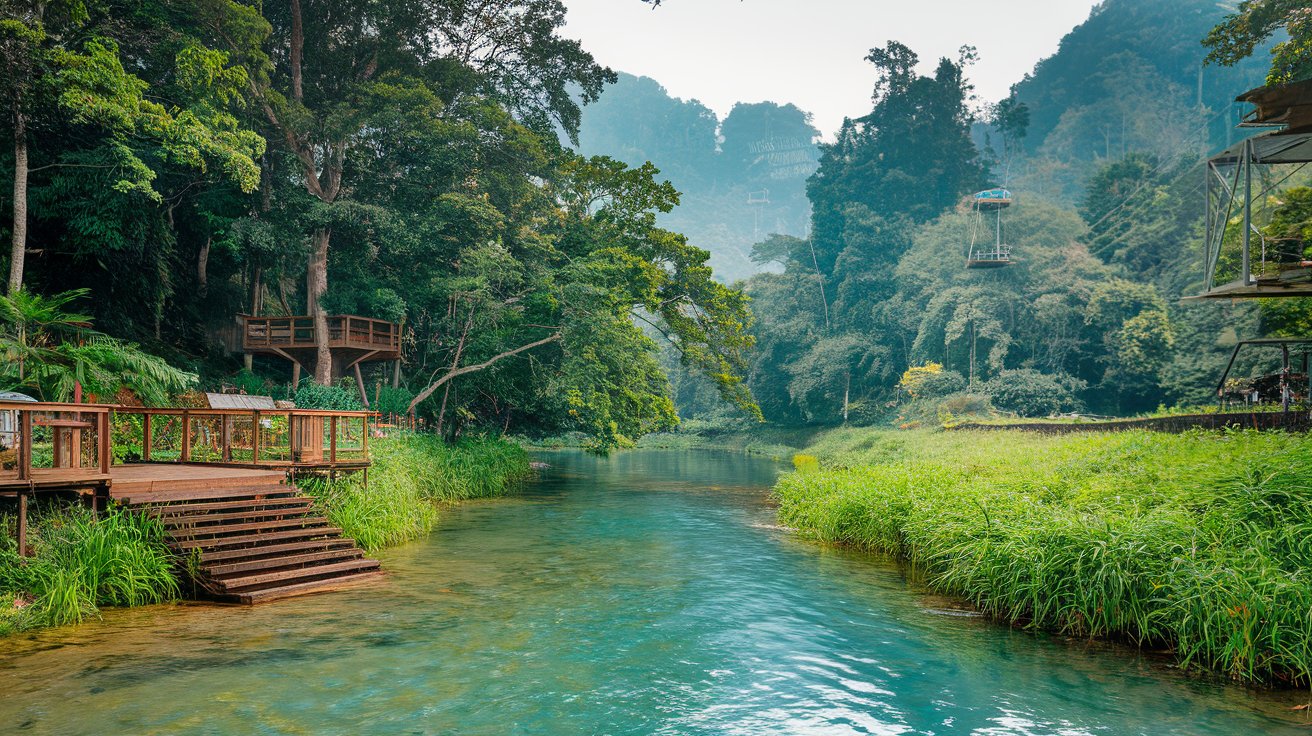Engineering Solutions for Cleaner Waters: Tackling River Pollution with Automated Waste Management - Vineet Golde
Hello, I am Vineet Golde, a sophomore at NIT Trichy. I belong to a small city in Maharashtra, a state which is known for its diverse river bodies which converge into the humongous Arabian Sea. Being a keen observer since my childhood, this ever-flowing river used to bring joy and enthusiasm to me. However, in forthcoming years, I observed that these water bodies started accumulating layers of waste over them. Every year this layer gets thicker and thicker. This used to create unrest within me and a thought always used to provoke me about what can be done to change the situation. Mechanical Engineering is a way through which I could counter this situation. Automated waste management systems are designed to remove floating debris and plastics from the ocean efficiently and sustainably. These systems can include various technologies such as autonomous boats, drones, and stationary barriers. Examples like Autonomous unmanned vehicles which will be equipped with nets and skimmers can be used for the autonomous operation of collecting debris from the water surface. These vehicles can be combined with GPS and AI for precise operation and path optimization. Floating barriers allow only water to pass through it and funnelling debris towards the collection point.For large scale operations dredging machines can also be used. Hydraulic collectors can be deployed for efficient collection of floating and submerged waste.Mechanical sensors like pressure sensors and water quality monitors can be used for optimising water-cleaning operations. After debris collection, a proper waste management system can be deployed. Different-sized mechanical screens can be used to separate debris of different shapes and sizes. Various useful substances can be obtained from this debris. By actively removing pollutants from water bodies making them cleaner not only helps solve human health issues but also protects the ecosystem that exists in it and nearby it. This initiative not only protects biodiversity and enhances public health but also revitalizes local economies and inspires collective stewardship of our natural resources. Together, we have the power to turn the tide against pollution and ensure our rivers remain vibrant and resilient for generations to come.


